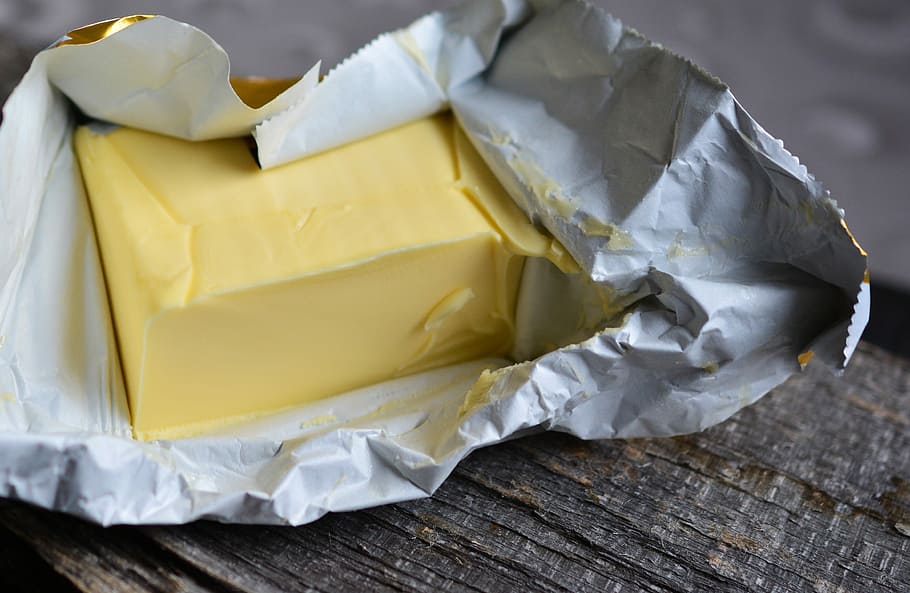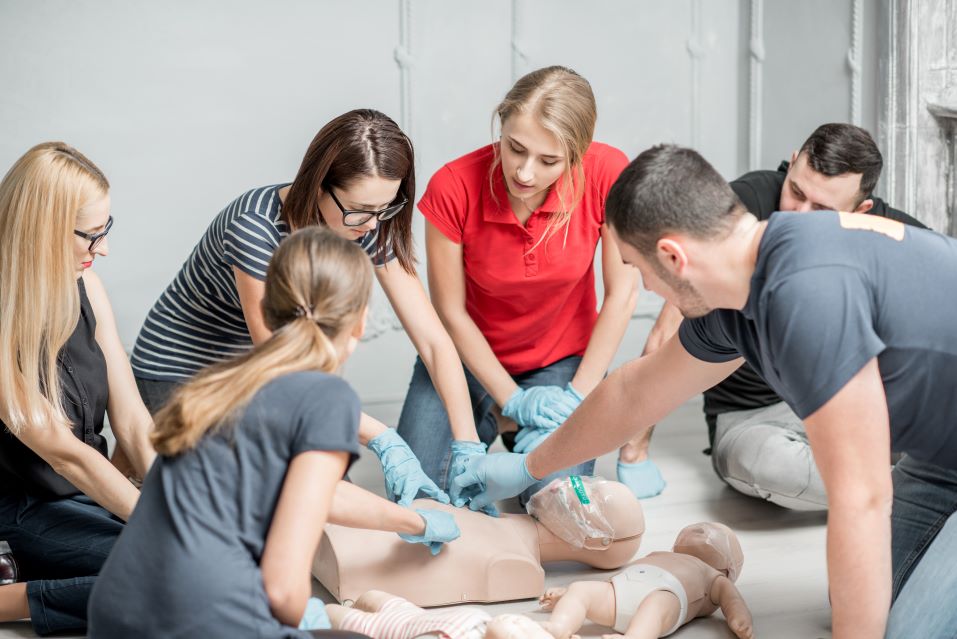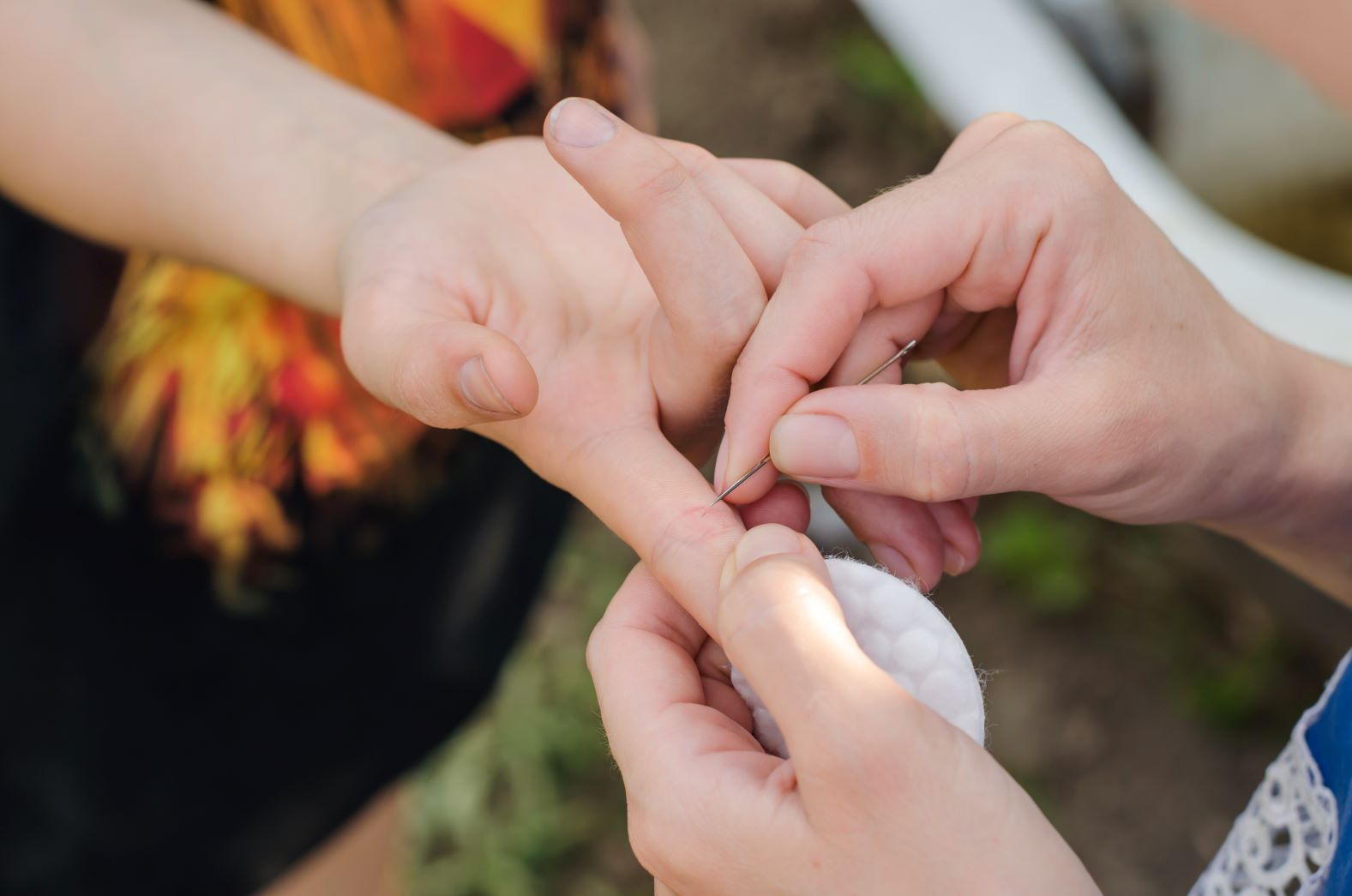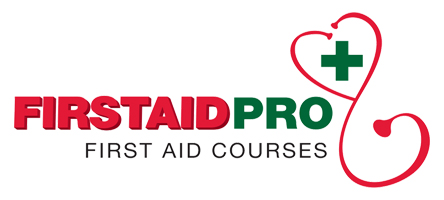Skin injuries are an incredibly common first-aid issue. Adhesive bandages (such as band-aids) are among the most commonly used medical items globally, and treating a minor skin injury is probably the first aid lesson most people ever receive. Small children often regard band-aids as the solution to all injuries.
However, many myths have grown up over the centuries about what you can apply to the skin for different ailments. And despite centuries of research and advancement in medicine, many of these myths have filtered down to be still common today. Some of these are simply first aid options that aren’t as effective as other alternatives. Others are either completely ineffective or in some cases even do more harm than good.
So what are some of the myths about treating injuries by applying things to your skin?
Putting Butter On A Burn
This one has been around a long time – for centuries, in fact! It’s also public enemy number one as far as first aid myths go. Almost every discussion of first aid myths you’ll find on the net will mention this specific example.
It most likely dates from days when butter might have been the coolest substance available in the house – so people wanted to use it to cool down a burn. But in reality, butter can make a burn injury considerably worse. The oil in the butter tends to stay on the skin, so it traps the heat of the burn-in – slowing the release of heat from the skin and often causing more damage in the process.
Medical authorities now agree that the best treatment for a burn is cool, running water (like you’d get from any kitchen or bathroom tap) for at least 10 minutes. Very cold water (or ice water) can be too harsh and potentially cause its own issues. And while submerging the burn in a container of cool water is better than nothing, the water can potentially warm up and be less effective. Cool running water takes the heat away from the injury – the heat transfers into the water and then literally flows down the drain. But it avoids the risk of making the area too cold and causing other complications.
While Butter is the oldest and best-known bad remedy, there are also many other versions of this myth – involving using things like antiseptic cream, pawpaw cream, mayonnaise, egg white, or toothpaste. They’re generally substances intended either to cool the wound or to soothe and disinfect it. Regardless of this, the same issues apply – any cream or ointment will most likely trap heat in and make things worse. You need to take the heat out of the injury with cool water first and then worry about follow-up with antiseptic and soothing agents.
You should note that while first degree burns (where the main symptoms are redness and pain) can be treated at home, anything worse than that should be seen by a medical professional. So if the burn starts to blister or show discolouration (other than redness), you should get medical help as soon as possible.
Using Heat
Although there are times when hot water or a warm wheat bag can be helpful, there are also many myths around when to apply heat to treat an injury. So what are some common ones?
Applying Heat To A Sprain
The logic here is most likely that heat helps for aches and strained muscles, so it should probably help for a sprain. But a sprain injury isn’t the same as a strained muscle. It occurs when you force a joint to move in a way it’s not designed for, causing stretching or even tearing of a ligament. A sprain can be accompanied by pain, swelling and bruising, and applying heat to the injury can increase inflammation and make the pain – and potentially the injury – much worse.
Once again, cold is what’s needed here. In this case, what’s needed is an ice pack for around 10-20 minutes. This both lessens the inflammation and numbs the injured area.
Using Hot Water For Frozen Skin
For damage caused by extreme cold, often people’s first thought is to warm the area as fast as possible – and thus hot water is often people’s first thought. The trouble is that suffering an injury from extreme cold doesn’t make you immune from also getting injured by extreme heat! So if people aren’t careful, they can apply water that’s too hot and cause more harm.
In this case, the basic idea is correct (to warm up the affected area), but not the method. The best option is to prepare warm water – such as a warm bath – and then immerse the person or body part in the water. If the water’s too hot for you to put your hand in comfortably, it’s too hot for the person you’re helping!
Other Home Remedies
Although many home remedies revolve around warming up or cooling down an injury, not everything is about hot and cold water. Many treatments involve using common liquids or foodstuffs to help with an injury. And some of these tips are more useful than others.
So what other things should we stop applying to our bodies?
Using Methylated Spirits To Bring Down A Fever
When you rub a methylated spirit on the skin, it feels cold – as the alcohol evaporates quickly and cools down the skin. So the idea here is that you can use it to cool down the skin of someone with a fever. There are just a few problems with that.
The first problem is that it’s not a great way to cool down a fever. Although the image of a nurse cooling a fevered patient’s forehead with a wet cloth is quite iconic, we’ve developed many better ways to help with a fever in the last century. Most notably, Ibuprofen medication (such as Neurofen or Advil) is normally far more effective at bringing down a fever. Using Methylated Spirit (or other forms of spirit) can be pretty harsh on your skin for the amount of good it does you.
Second, you don’t always need to treat a fever – it’s simply a symptom of your body fighting an infection. Fever generally only needs to be controlled in extreme cases – in most cases, controlling fever is mainly to make the sufferer more comfortable. And again – Ibuprofen medication does this job quite effectively, as well as providing pain relief.
Steak On A Black Eye
So… this one falls into the category of “It works, but there are way better options.”
The principle of a raw steak on a black eye isn’t a bad one. The idea is to apply something cold to the injury – which is good advice. It’s probably also due to the fact that the eye is an unusually shaped area (a raw steak can mould to the shape of the eye socket) and that steak is generally refrigerated to prevent it from going off. Combined, these mean that at a pinch, raw steak is a decent way to apply something cold to a black eye. Unfortunately, bacteria loves uncooked steak – so by rubbing it on your eye you’re running a significant risk of getting an infection.
An ice-pack is a far better solution nowadays – especially if it’s one of the alcohol-based ones that stay flexible when cooled down in the freezer. Or… if you don’t have one of those knocking around the fridge, a bag of frozen peas or corn is a far better solution – possibly wrapped in a tea towel to make it more comfortable against the skin. It’s cold, it easily contours to uneven surfaces (like an eye socket), and it’s WAY more hygienic!
Be Prepared!
Many first aid treatments for common injuries don’t require special equipment or techniques to apply. It’s just a matter of knowing what remedies to use in what circumstances. If you’re not sure of treatment for a minor injury, having someone quickly google first aid advice will lessen your chance of doing something wrong.
Of course, a far better solution is to invest a little time and money in proper first aid training – preparing you for these, many other medical emergencies.








